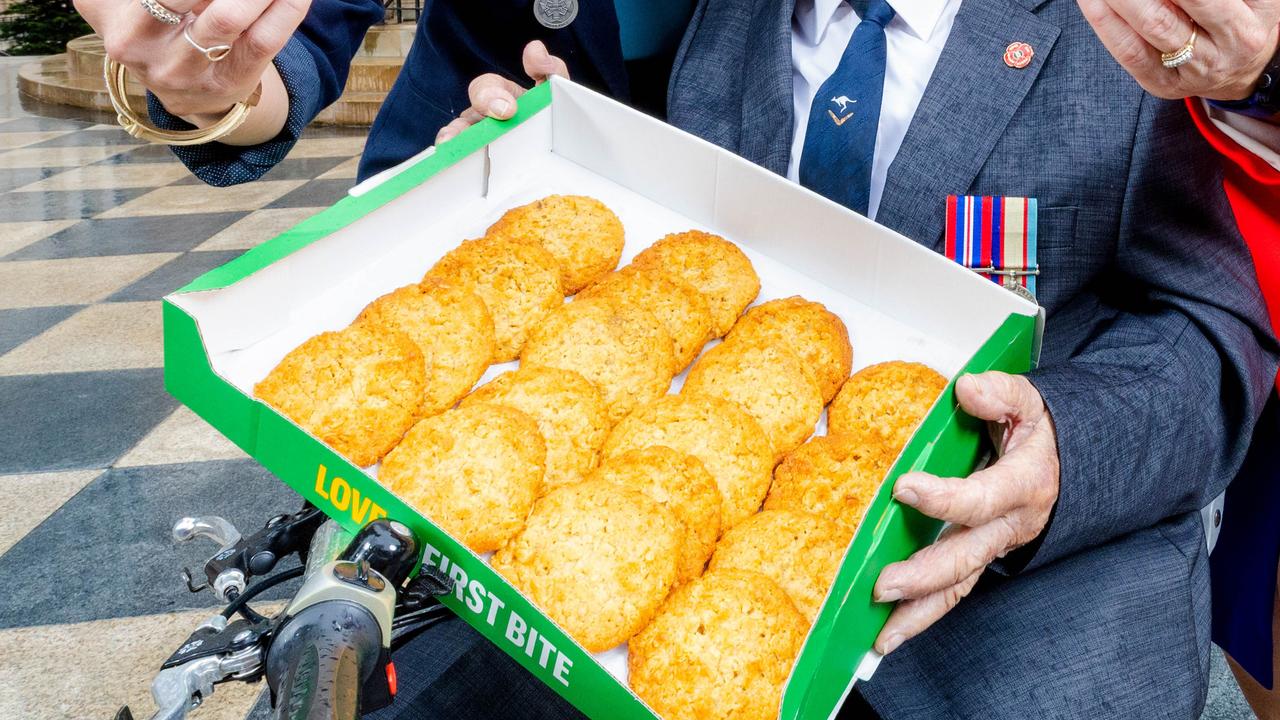Your favourite food is about to change
THEY call it ‘health by stealth’: food manufacturers dropping the portion size and salt content of their products. It’s already happening, and there’s a lot more to come.

Eat
Don't miss out on the headlines from Eat. Followed categories will be added to My News.
AUSTRALIA’S biggest supermarkets and largest food companies are joining forces to tackle the nation’s obesity problem.
It will mean the amount of salt and sugar in packaged foods will shrink, alongside recommended portion sizes which will be reduced.
In a campaign the grocery industry has dubbed “Health by Stealth”, food manufacturers will reformulate their products to cut the nation’s expanding waistlines and cut the number of heart attacks and strokes.
The Health Food Partnership will meet for the first time on Friday November 13 under the leadership of Assistant Health Minister Fiona Nash.
Supermarket giants Woolworths and Coles, The Australian Food and Grocery Council, Ausveg, the Heat Foundation and the Public Health Association will take part.
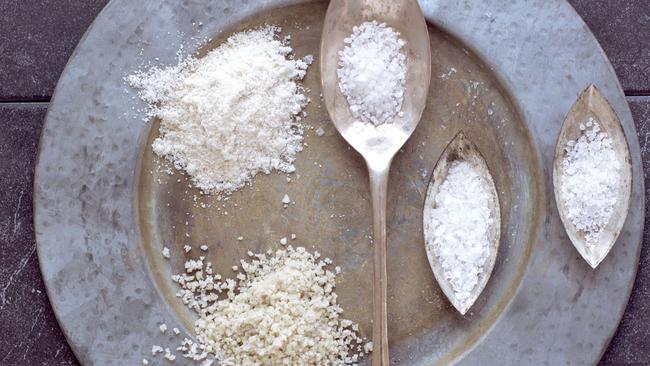
“The Healthy Food Partnership will work together on strategies to educate consumers on consuming fresh produce, appropriate portion sizes, and to accelerate efforts to reformulate food to make it healthier,” Ms Nash said.
Between 2009 and 2012 key food manufacturers agreed to reduce the salt in bread, breakfast cereals, simmer sauces, processed meats, soups, pies, potato and corn chips and savoury crackers.
As a result the amount of salt in our bread fell by 9 per cent, in breakfast cereals by 25 per cent and in processed meats by 8 per cent.
But the Heart Foundation which is a key member of the new group says we need to do more by expanding the salt reduction to a further 30 groups of foods and continue the reduction in the original eight.
Australians are still eating on average 9g of salt every day, much more than the maximum 6g recommended for adults (or 4g if you have high blood pressure).
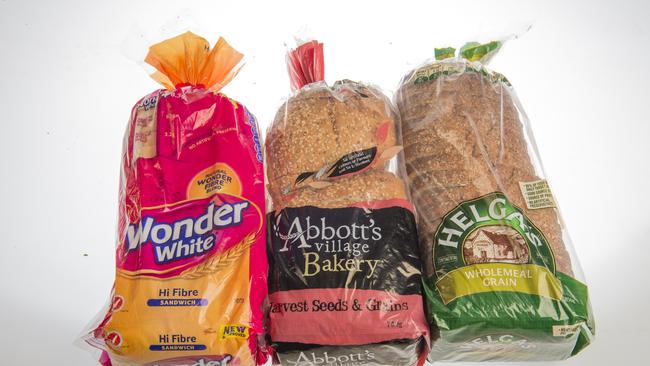
Up to 6,000 Australian lives can be saved if we can reduce the amount of salt Australians eat by 30 per cent.
Reducing our intake of salt from processed foods by just 15 per cent over ten years would avert 5,800 heart attacks and 4,900 strokes a year, the foundation says.
Rather than waste time on devising new reduction targets Australia should adopt those of countries like the UK which has targets to reduce salt in 80 food categories, Heart Foundation spokesman Rohan Greenland says.
Britain has targets for sweet biscuits, margarine, cheese, canned vegetables and ready prepared meals.
Australian Food and Grocery Council chief Gary Dawson says food manufacturers fear if they go it alone on reformulating food customers will flock to their competitors when the taste changes.
Streets faced a social media backlash in 2012 when it removed vegetable oil from its banana paddle pops.
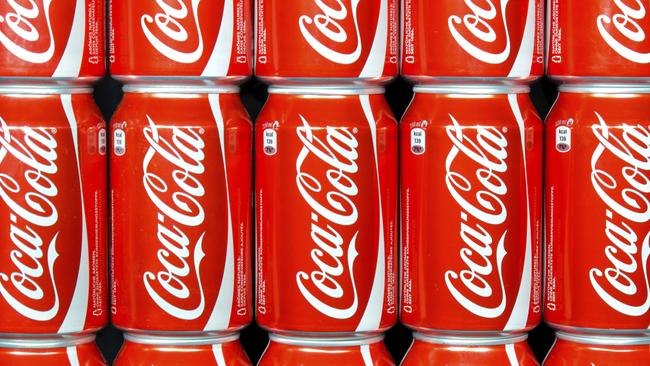
The idea is to get food companies to all work together on meeting targets for reducing unhealthy ingredients.
He says established brands are already responding to consumer pressure for healthier products with some soft drink cans already shrinking by a third to 250ml.
“Three of the top four soft drinks sold are now low or no calorie,” he says.
New foods in the healthy categories are growing at three times the rate of other food types in response to the new health star rating system introduced recently, he says.
The minister says portion sizes will also be examined.
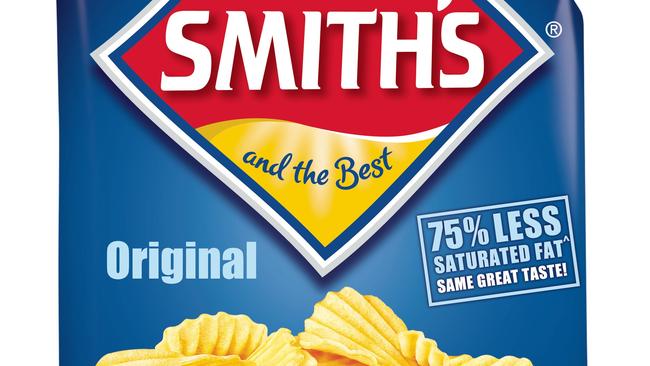
The Obesity Coalition says recommended portion sizes on packaged foods are very confusing for consumers and can vary even on the same product.
For example Smiths crinkle cut chips list a serving size of 19g (415 kilojoules) on its tiny packs of chips but this rises to 27 grams (589 kilojoules) on a 170 gram share pack.
A large bottle of coke lists a serving size of 250 ml (450 kilojoules) but a can of Coke lists the serving size as 375ml (675 kilojoules).
What is a serve?
Cereals:
2 slices of bread
1 medium bread roll
1 cup cooked rice, pasta, noodles
1 cup porridge
1 cup breakfast cereal flakes
½ cup muesli
Vegetables and legumes
1 medium potato or yam
½ medium sweet potato
1 medium parsnip
½ cup cabbage, spinach, silverbeet, broccoli, cauliflower or brussels sprouts
1 cup lettuce or salad vegetables
½ cup broad beans, lentils, peas, green beans, zucchini, mushrooms, tomatoes, capsicum, cucumber, sweet corn, turnips, swede, sprouts, celery, eggplant etc
Fruit
1 piece medium sized fruit eg apple, orange, mango, mandarin, banana, pear, peach 2 pieces of smaller fruit eg apricots, Kiwi fruit, plums, figs
8 strawberries
1 cup diced pieces or canned fruit
½ cup fruit juice
¼ medium melon (rockmelon, honeydew)
4 dried apricots 1½ tablespoons sultanas
20 grapes or cherries
Milk
250 ml glass or one cup of milk
½ cup evaporated milk
40g (2 slices) of cheese
250ml (1 cup custard)
200g (1 small carton) of yoghurt, plain or fruit,
1 cup of calcium-fortified soy milk
Meat, fish, poultry & alternatives
65-100gm cooked meat or chicken
½ cup mince
2 small chops
2 slices roast meat
80-120g cooked fish fillet
2 small eggs
⅓ cup cooked (dried) beans, lentils, chick peas, split peas or canned beans
1 cup almonds
½ cup pink salmon with bones
1/3 cup peanuts or almonds
Extras
1 medium piece of plain cake
1 bun
3-4 sweet biscuits
Half a chocolate bar
60g jam, honey (1 tablespoon)
30g potato crisps
Slice pizza = 2 extras
1 can soft drink
2 glasses cordial
2 scoops ice cream
1 meat pie or pasty = 3 extras
2 standard glasses of alcohol (for adults only)
Originally published as Your favourite food is about to change



